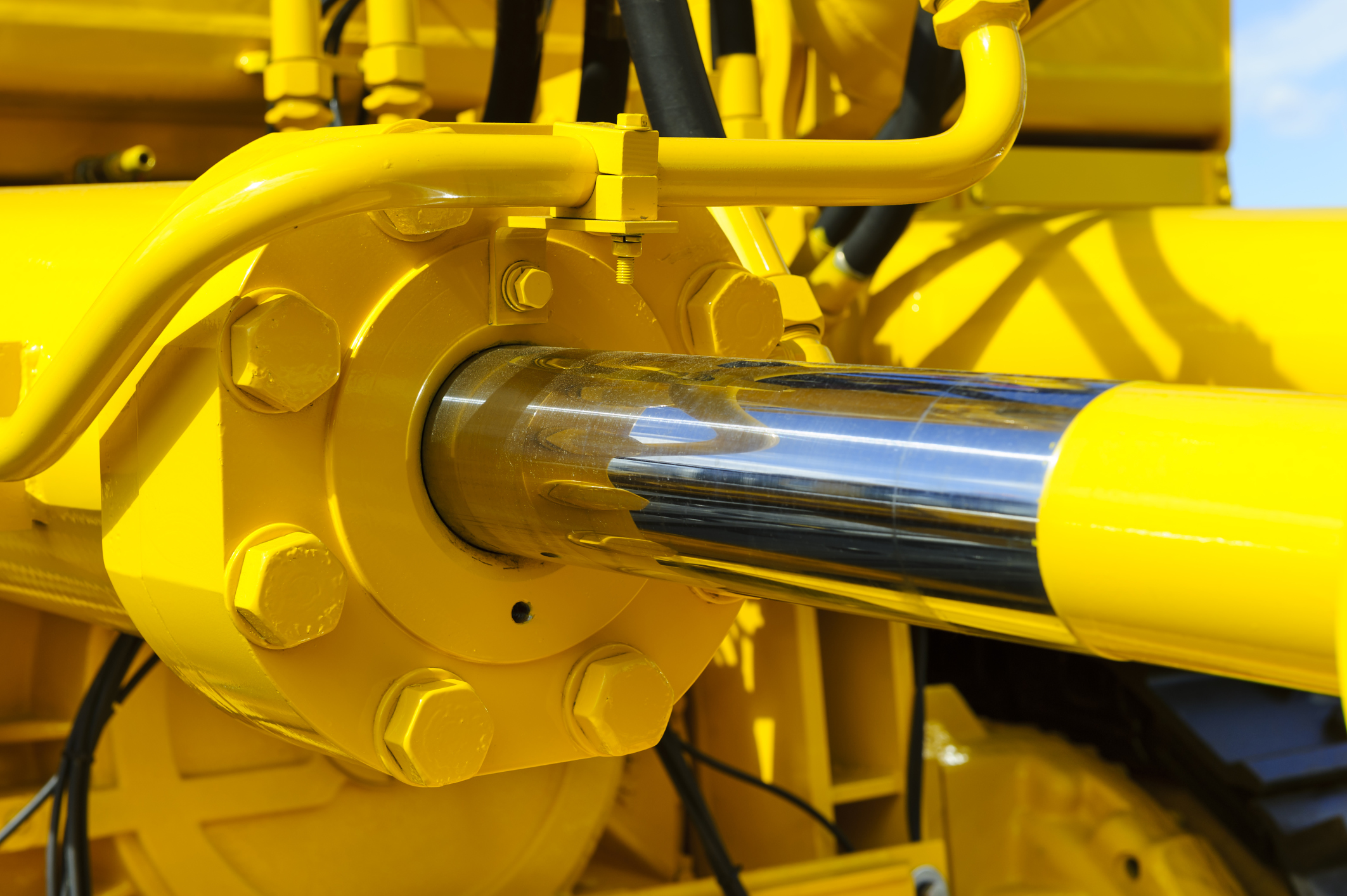How Hydraulics Help Haul Heavy Items
Hydraulics machinery is all around us, every day we benefit from their use, most times without even realising it.
Ever visited Tower Bridge in London? The Bascules (the two parts that lift up to let large ships pass beneath) are hydraulic.
A hydraulic system can be broken down into five constituent parts: the hydraulic fluid, reservoir, pump, valve or valves and the actuator. You can also get the best hydraulic metal press service via https://www.macrodynepress.com/hydraulic-presses/

The fluid is usually based on either mineral oil or water and is held in the reservoir.
The pump moves the fluid by displacing it against a resistant pressure, thus converting mechanical energy into hydraulic energy.
The valves are used to regulate the flow of hydraulic fluid, starting, stopping and directing it around the system.
Finally at the end of the process is the actuator, which can either come in the form of a hydraulic cylinder driving an object directly or an actual motor that can drive wheels or other similar objects.
Hydraulics were first used seriously in the late eighteenth century and were pioneered by Joseph Bramah, who invented and patented the hydraulic press, and William George Armstrong, who built Tower Bridge’s original steam-powered hydraulic mechanism (which was since converted to an oil and electrical based hydraulic system).
Since then their use has burgeoned, growing into almost every industry that requires machinery both heavy and light.
Many fairground or theme park rides are hydraulically powered, waste disposal vehicles use hydraulics to power the crusher and tilt the rear compartment so as to unload the waste, aircraft use hydraulics to power their flight control systems and many modern push bikes often use hydraulic brakes.
One particular vehicle, the side loader, uses hydraulics for in several interesting ways as part of its core operation.
But what is a side loader?
A side loader is a close cousin of the fork lift truck. However, unlike the fork lift, the side loader carries its loads at the side instead of at the front, as its name implies.
This has several advantages, the main one being that it can carry long loads lengthways that it would be impractical to expect a fork lift to handle.
Side loaders are commonly used in warehousing, dock management and for loading other vehicles and transporting long loads over short distances in controlled environments.